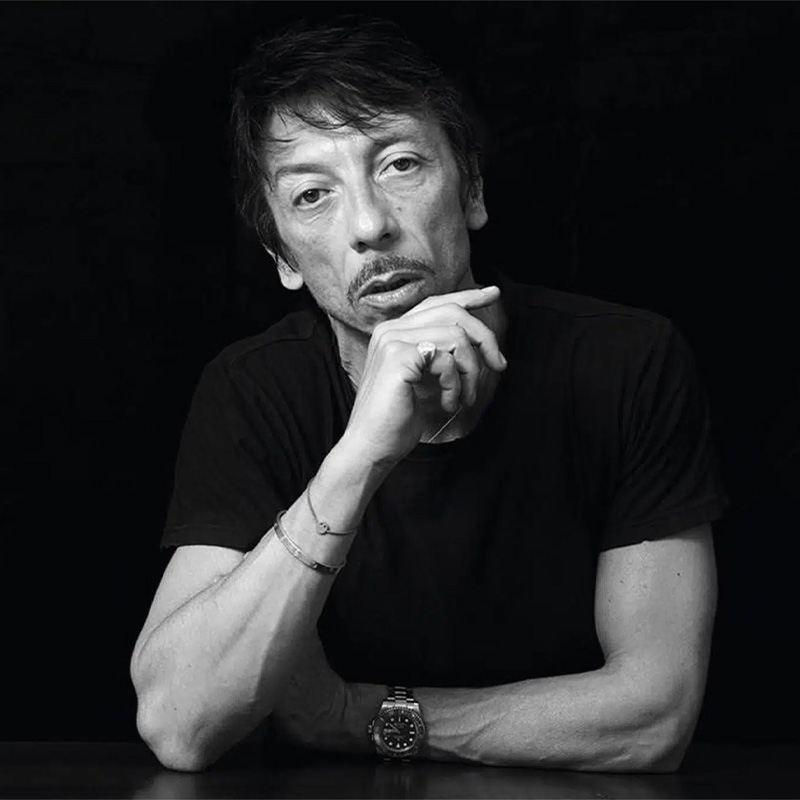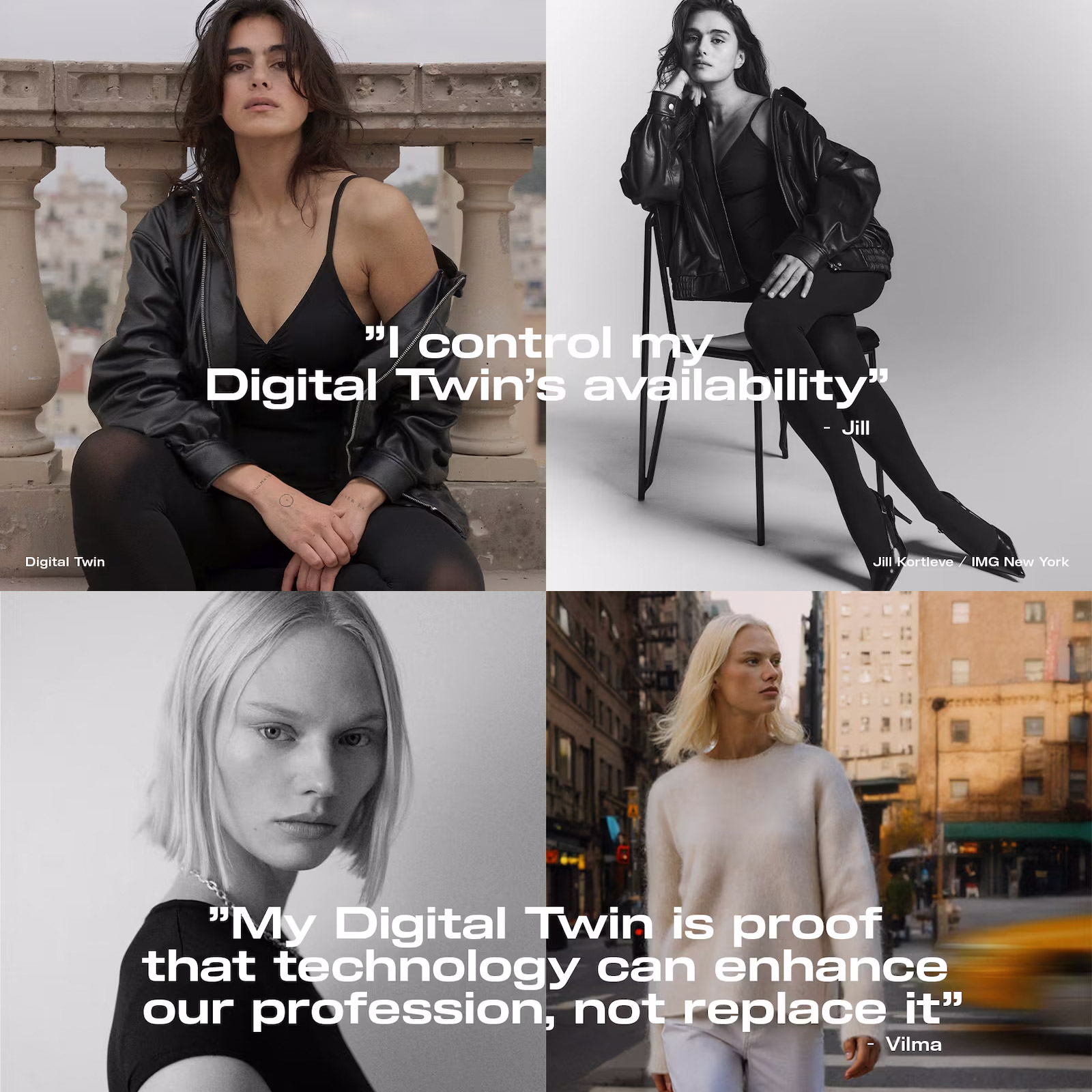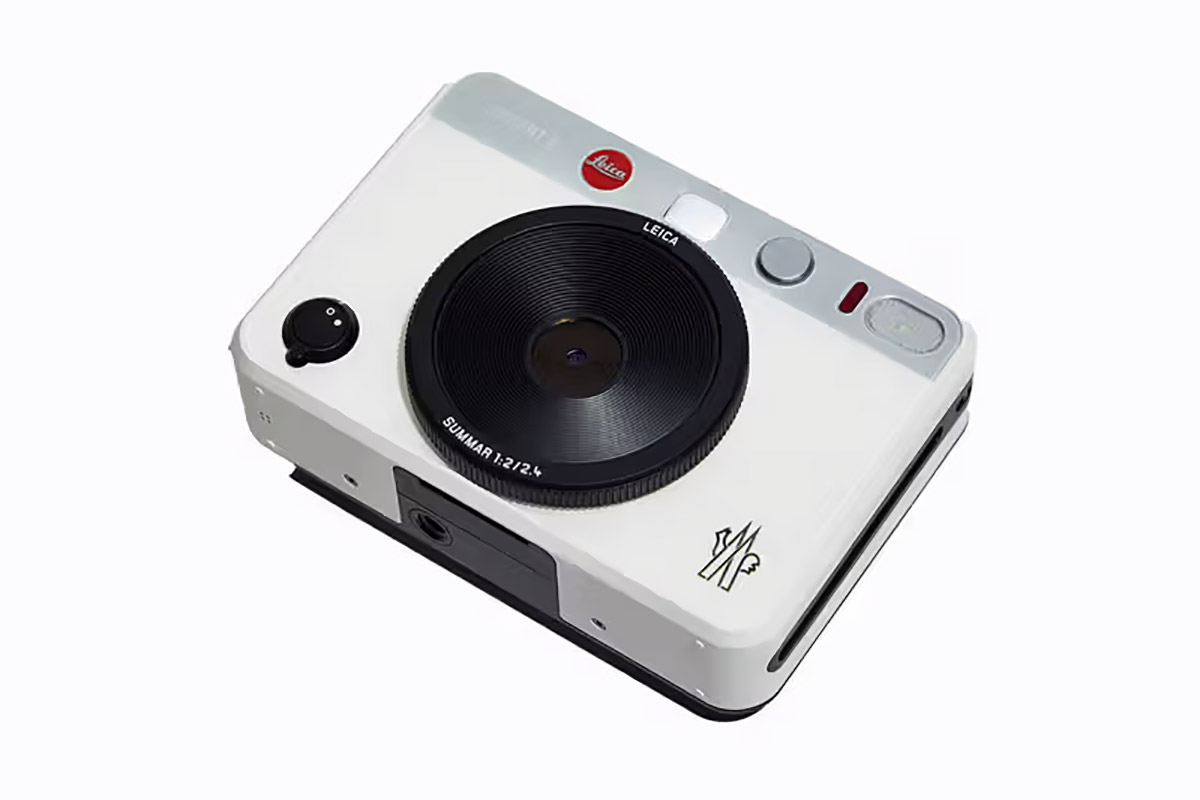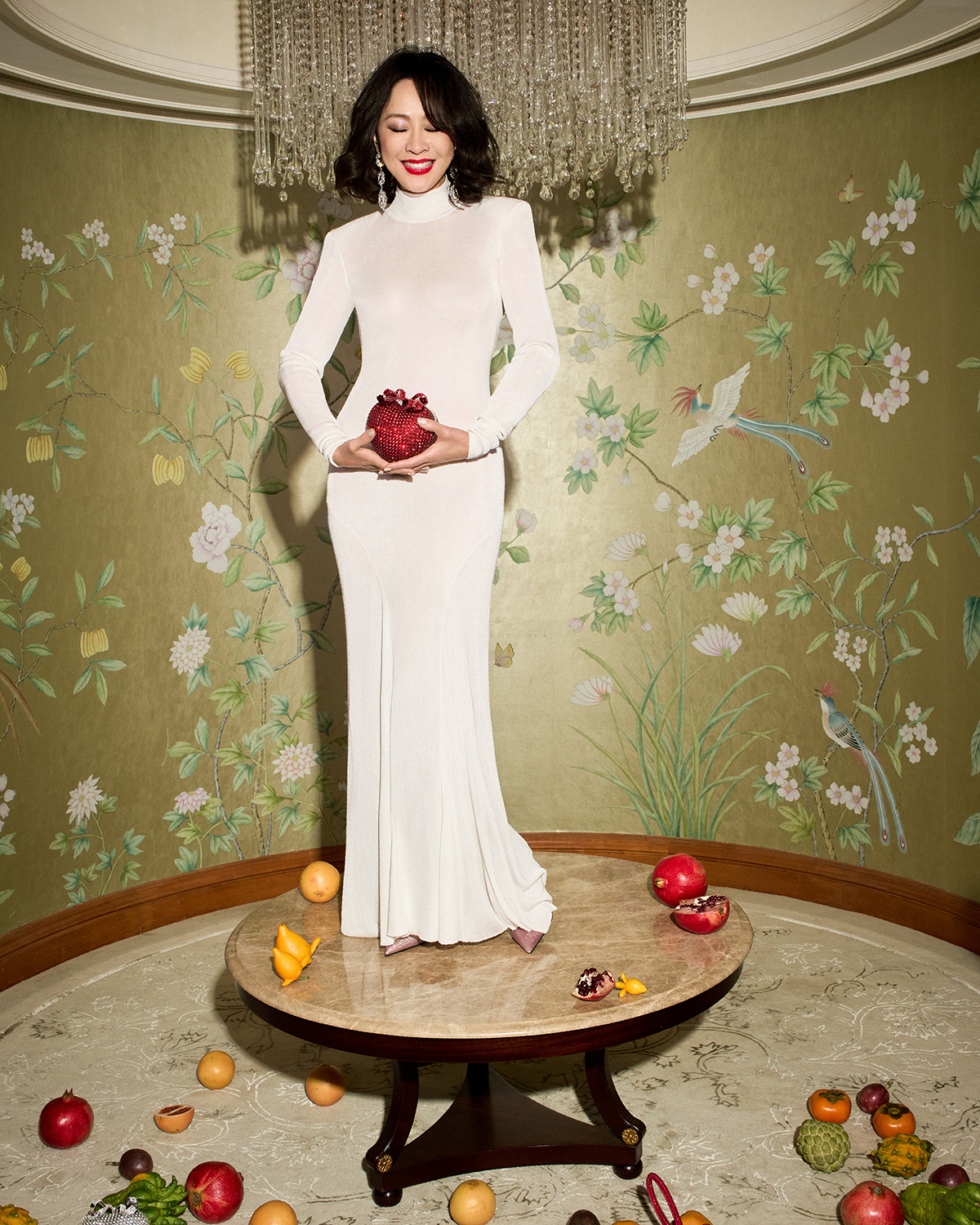Born in 1952 in Monestier‑de‑Clermont, France, by René Ramillon and André Vincent, Moncler was originally purposed for mountain survival gear—sleeping bags, capes, tents—before launching its inaugural down jacket for mountaineer Lionel Terray in 1954. Official outfitter of France’s 1968 Grenoble Olympic ski squad, Moncler steadily transitioned from pure utility to urban opulence by the 1980s. A seminal pivot came in 2003 when Italian flare entered its DNA: entrepreneur Remo Ruffini acquired it, transplanted headquarters to Milan, and initiated its ascent from functional fashion to full luxury—a repositioning that triggered a 2013 Milan IPO, oversubscribed 27 times, cementing Moncler’s place on the global podium.
Today, under Remo Ruffini’s creative-command, Moncler is a three‑headed leviathan: Collection (refined ready‑to‑wear), Grenoble (technical alpine wear), and Genius (an ever‑evolving co‑creation platform). Genius, launched in 2018, fuses Moncler’s signature down with the vision of collaborators—Pharrell Williams/Billionaire Boys Club, A$AP Rocky, Rick Owens, Salehe Bembury, Hiroshi Fujiwara, Craig Green, Thom Browne, and Palm Angels, to name a few—resulting in boundary-shifting capsules that blur the borders between street, ski, and high art. Most recently, FW25 Grenoble staged a spectacle at Courchevel’s altiport (2,008 m), debuting a Moon Boot tie-in and a limited-edition Leica camera—its monochrome aesthetic marrying mountain mystique with artisanal tech luxury. The brand also hosted “The City of Genius” in Shanghai, attracting 8,000+ guests and uniting collaborators from A$AP Rocky to Edward Enninful—underscoring Moncler’s cross‑cultural resonance even amid global slowdown
Yet Moncler’s magnetism isn’t just in its spectacles, it’s in the touch: the feel of glossy ripstop, the sculptural quilting, the sculpted shoulders poised for urban ascent. Signature hues—ivory, burgundy, alpine red, forest green—often punctuated by bold geometry or archival brown, lend its parkas, Huascarán‑inspired jackets, and exaggerated puffer silhouettes a dialect both timeless and modern. The logo—a felt “M”, cockerel crest, crossed skis—is a nod to its alpine heritage, while the Maya 70 jacket has become a blank canvas for co‑creators like Pharrell, Fujiwara, Thom Browne, Rick Owens, Pierpaolo Piccioli, Palm Angels, and Inter Milan, each iteration retaining that unmistakable puff with a twist. In a luxury landscape often overshadowed by stealth wealth, Moncler is unapologetically bold—a fusion of function and fantasy, where the mountain becomes runway, and every stitch is a cultural statement.
Moncler’s relevance lies in its liminality: part performance gear, part sculptural garment, and part cultural catalyst. Under the stewardship of Ruffini—as CEO and chairman, recently reinforced by LVMH’s board nomination of Alexandre Arnault—Moncler retains indie spirit within corporate muscle. Its €3.1B revenue (2024) and flagship openings—from Milan to Fifth Avenue—are the poetics of a brand that sells aspiration and altitude in equal measure . It’s a brand distinguished by its ability to soar—in face of gravity, in moments of show-stopping spectacle, and in its perpetual remix of down jacket culture into a luxury zeitgeist.






